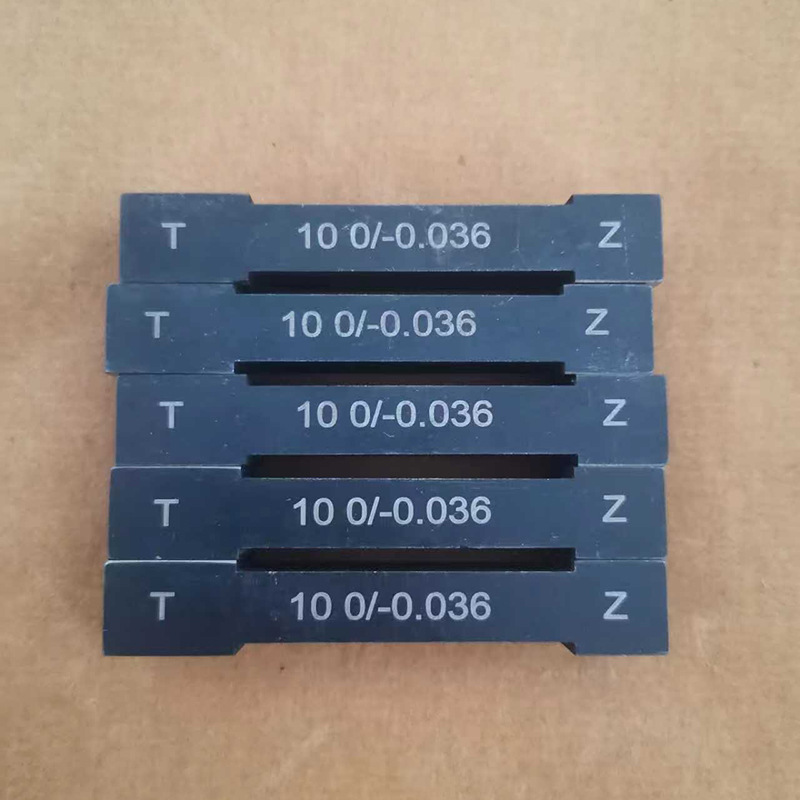ກ.ຍ. . 07, 2024 11:42 Back to list
Precision Measurement with Bore Gauge | Accurate Bore Gauge Working Principle
Understanding Bore Gauge Working Mechanism
A bore gauge is a precision instrument widely used for measuring the internal diameter of cylindrical objects, such as holes and bores in machining and manufacturing components. This tool is essential in ensuring that parts are manufactured within specific tolerances, which can significantly affect performance, safety, and functionality in various applications. Understanding how a bore gauge works can help users utilize it effectively for accurate and reliable measurements.
Components of a Bore Gauge
The bore gauge consists of several key components a body, measuring heads, and a measuring mechanism, often employing a dial or digital display for readings. The body is typically designed for ease of handling and durability, made from materials that withstand wear and tear in industrial environments. The measuring heads, which come in various sizes and types, are responsible for contacting the bore surface to take measurements. Depending on the design, the gauge may have interchangeable heads to accommodate different bore sizes.
Measurement Process
To use a bore gauge, the user inserts the measuring head into the bore that needs to be measured. The gauge is adjusted so that the measuring ends make contact with the interior wall of the bore. As the gauge is adjusted, it is crucial to ensure proper calibration to guarantee accurate readings. Users must also pay attention to the positioning and alignment of the gauge to avoid errors caused by tilting or misalignment.
Once the gauge touches the bore wall, the measuring mechanism is activated. For analog bore gauges, the movement of the measuring head results in the dial needle indicating the diameter on the scale. For digital bore gauges, the measurement is displayed in numerical form, providing a straightforward reading.
Types of Bore Gauges
bore gauge working

There are several types of bore gauges, each suited for different applications. The two most common types are the dial bore gauge and the digital bore gauge.
1. Dial Bore Gauge This traditional style uses mechanical parts to indicate measurements. It consists of a dial, which translates the movement of the measuring head into a readable format. The simplicity of construction makes dial gauges more rugged, but they may require more manual interpretation.
2. Digital Bore Gauge This modern type uses electronic sensors to provide a digital readout. Digital gauges are often more precise and easier to read, offering the advantage of reduced human error in reading measurements. Additionally, some digital models can store measurements for further analysis.
Importance of Calibration and Maintenance
Regular calibration and maintenance of bore gauges are essential for ensuring measurement accuracy. Calibration involves checking the gauge against a standard and adjusting it to correct any discrepancies. Maintenance may include cleaning the gauge to remove debris, lubricating moving parts, and inspecting the measuring heads for wear.
Conclusion
Bore gauges play a crucial role in quality control across various industries, including automotive, aerospace, and manufacturing. Their ability to measure internal diameters with high precision helps ensure that components meet design specifications and function as intended. Understanding the working mechanism of bore gauges empowers users to make the most out of this essential measuring tool, ultimately leading to improved product quality and reliability. Whether using a dial or digital bore gauge, knowledge of proper usage and maintenance is key to achieving accurate and consistent results.
-
Thread Micrometer Set FeaturesNewsJul.04,2025
-
Right Angle Ruler Tool for WoodworkingNewsJul.04,2025
-
Precision Frame Level Calibration StepsNewsJul.04,2025
-
Magnetic Vee Block MaterialsNewsJul.04,2025
-
Heavy Duty Ground Anchors in MiningNewsJul.04,2025
-
Features of Welding Table Cast IronNewsJul.04,2025
Related PRODUCTS









